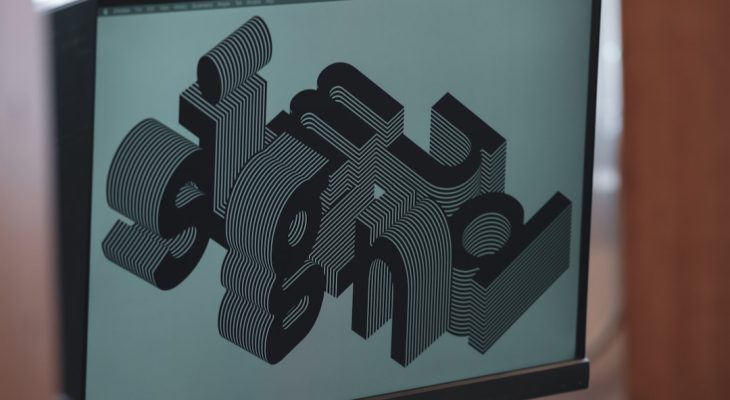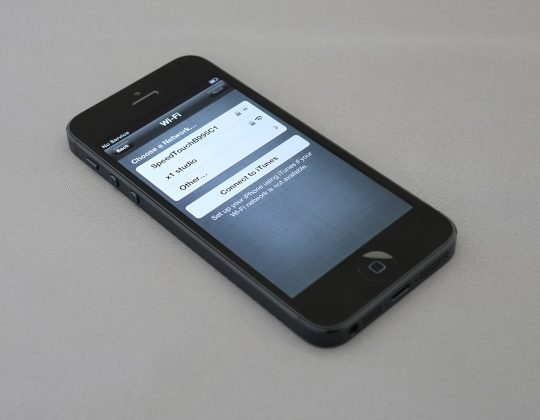Creating a logo is more than just making something that looks good—it’s about crafting a visual identity that genuinely represents a brand’s values, personality, and market position. But to get there, communication between clients and designers must be seamless. That’s where a high-quality logo brief template comes into play. It ensures that no important detail is missed and helps both parties get on the same page from day one.
TLDR: A strong logo brief template is essential for gathering accurate brand information before starting design work. It acts as a bridge between client vision and design execution by structuring the right questions in a reliable format. Copy-paste templates with meaningful queries save time and improve clarity. This guide walks you through what to include and why it matters.
Why a Logo Brief Template Is Crucial
Without a proper logo brief, designers are left to guesswork, which often leads to multiple revisions, misunderstandings, and wasted time. A logo is not just art—it’s a business tool. Therefore, treating its creation with structure and professionalism should be the standard, not the exception.
A well-crafted logo brief template accomplishes these goals:
- Clarifies expectations on both ends of the project.
- Streamlines communication by asking the right questions up front.
- Reduces revision cycles, saving cost and time for everyone involved.
- Improves final output by giving designers comprehensive context.
Core Elements of a Logo Brief Template
Let’s break down the most effective sections and questions that should be part of any competent logo design brief. These are the copy-paste questions that actually matter.
1. Company & Brand Overview
This section helps the designer understand who the client is and what the business stands for.
- What is the name of your company/brand?
- What products or services do you offer?
- What is your brand’s mission or purpose?
- What are your company’s core values?
- What distinguishes you from your competitors?
Having a concise yet informative company overview ensures that the logo will be rooted in the real story of the business.
2. Target Audience
Great logos are designed with the end audience in mind, not just the company owners.
- Who is your target audience? (Age, gender, location, interests)
- What do they value most in a product or service like yours?
- What kind of emotional connection do you want to establish with them?
The answers here will influence color choice, typography, and overall style.
3. Current Brand Assets and Challenges
If the client has an existing logo or branding, identifying the reasons for change is key.
- Do you currently have a logo or brand identity?
- What do you like or dislike about your current logo?
- What problems are you trying to solve with this new logo?
- Are there elements you want to retain or avoid?
[pai-img]logo redesign before after comparison[/ai-img]
This part ensures the designer doesn’t unknowingly repeat past mistakes or overlook important brand history.
4. Style Preferences and Inspirations
Aesthetic direction matters in logo design. Gathering visual cues early minimizes friction later.
- Describe the look and feel you want (e.g., modern, minimal, vintage, playful).
- Are there specific colors or fonts you want to include—or avoid?
- Do you have any style inspirations (links, brand examples)?
- Should the logo be text-based, icon-based, or a combination?
It’s beneficial to ask for references and analogies. Clients may say “modern,” but mean very different things. Examples clear the fog.
5. Technical Details and Deliverables
Understanding usage circumstances can impact logo scalability, responsiveness, and format.
- Where will the logo primarily be used? (e.g., website, print, packaging, signage)
- Are there size limitations or format requirements?
- Do you need multiple versions (e.g., vertical, horizontal, monochrome)?
- What specific file formats do you require (e.g., AI, PNG, SVG)?
A technically sound brief prevents format issues down the line and ensures designers create logos that work in real-world scenarios.
6. Budget and Timeline
Setting clear parameters helps scope the project realistically.
- What is your allotted budget for this logo design?
- When do you need the final logo delivered?
- Are there any key milestones or launch dates to be aware of?
Even experienced designers appreciate knowing the financial and temporal boundaries—clarity at this level encourages trust and realism on both ends.
7. Stakeholders and Decision-Makers
Projects often get derailed because the final decision-maker wasn’t involved early enough.
- Who will be reviewing and approving the design work?
- How many people are involved in feedback and decision-making?
- How will feedback be consolidated and communicated?
Fewer surprises and late-stage changes happen when stakeholders are identified upfront.
Putting It All Together: Copy-Paste Template
Here’s a condensed, ready-to-use brief you can copy, paste, and modify as needed:
Company & Brand Info:
- Business name:
- Industry:
- Mission & vision:
- Unique value or differentiator:
Target Audience:
- Primary audience (age, interests, etc.):
- Emotion or response you want to evoke:
Current Branding:
- Do you have existing brand assets?
- What’s working or not working?
Style & Preferences:
- Preferred colors and fonts:
- Logo type preference (text, symbol, combo):
- Inspirational links or designs:
Usage Details:
- Where the logo will appear:
- File formats required:
Budget & Timeline:
- Budget:
- Deadline or launch date:
Who’s Involved:
- Main point(s) of contact:
- Decision-maker(s):
Tips for Using Logo Brief Templates Effectively
Even the best template will fall short if not used thoughtfully. Here are some best practices:
- Customize, don’t copy blindly. Adapt the questions to fit your industry or project type.
- Use clear, jargon-free language. Ensure that non-design-savvy clients can understand and answer confidently.
- Encourage examples. Let clients share liked or disliked designs to clarify preferences visually.
- Treat it like a conversation starter. The brief opens the door to more in-depth discussions—it’s not the final word.
[pai-img]graphic designer client meeting planning documents[/ai-img]
Conclusion
In the world of branding, the power of a well-structured logo brief cannot be overstated. It separates amateur design projects from strategic branding tools that truly resonate. Whether you’re a freelancer, agency, or in-house designer, using intelligently crafted, copy-paste ready brief templates helps you start projects on the right foot—with clarity, professionalism, and aligned expectations.
Remember: a great logo begins long before sketching the first concept. It begins with asking the right questions.








